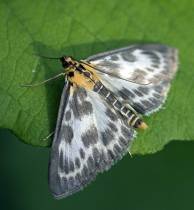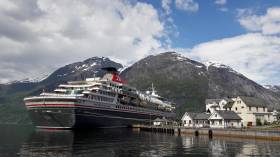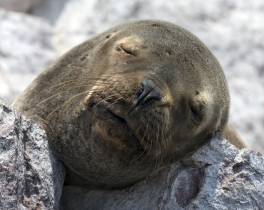A recent journey, along the Humboldt Current, brought home to me, just how little is really known about species distribution in one of the world’s most important biodiversity rich areas. As the frigid waters of the Humboldt power north, along the immense coastal fringes of Chile and then on to Peru, they are loaded with a maelstrom of nutrients that get dragged from the depths of the ocean abyss, up the continental slope and into the sunlit surface waters. This mechanism is the engine for a food production process that has few equals anywhere else on the planet. As a result, the Pacific Ocean in this region seemingly brims with fish, fish-eating birds and marine mammals. Even so the total number predatory animals exploiting the Humboldt Cur...
 Perfect mothing weather has prevailed for the best part of the last month and it tempted me to do some intensive and regular trapping in the garden. Being self-employed allows me the flexibility fit this around my workload. It was also good practice for re-honing my eye, as it’s often as much about the wing-shape, or resting position that a moth adopts, just as much as the intricate patterning that may lead you to a precise identification.
Perhaps the most important outcome from my research is how few individuals of formerly super-abundant species are now finding their way into my traps, on even the most productive of nights. In previous Junes I’d expect at least 100 Heart and Dart to enter my trap on peak nights. The most I managed thi...
Perfect mothing weather has prevailed for the best part of the last month and it tempted me to do some intensive and regular trapping in the garden. Being self-employed allows me the flexibility fit this around my workload. It was also good practice for re-honing my eye, as it’s often as much about the wing-shape, or resting position that a moth adopts, just as much as the intricate patterning that may lead you to a precise identification.
Perhaps the most important outcome from my research is how few individuals of formerly super-abundant species are now finding their way into my traps, on even the most productive of nights. In previous Junes I’d expect at least 100 Heart and Dart to enter my trap on peak nights. The most I managed thi...





